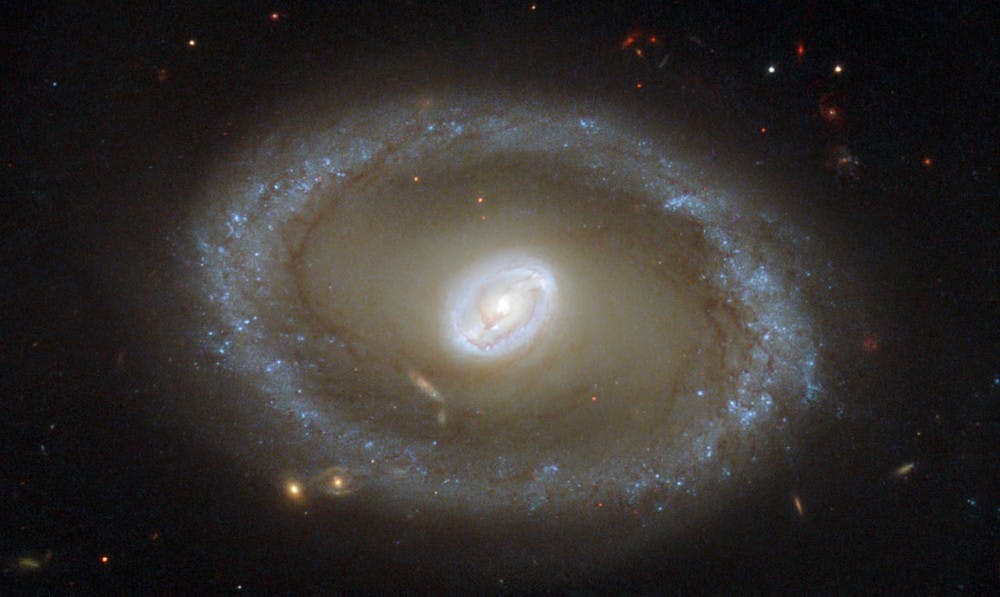Penn physicists are working with other scientists to locate and observe the source of gravitational waves traveling through the universe, and they recently reached a major breakthrough in their research.
Penn scientists are helping to support the work of the Laser Interferometer Gravitational Wave Observatory, or LIGO, which recently proved the existence the gravitational waves for the first time.
Through LIGO, scientists were able to uncover the collision of two dead stars, which shed light on the process through most of the gold and silver in the universe was formed. While LIGO has detected the presence of gravitational waves four other time before, this is the first time that the Observatory detected the merging of black holes from the collision of stars — an event that forms the most dense matter in the universe.
The detection of this collision is giving researchers an opportunity to analyze the expansion of the universe and the origin of heavy metals.
Penn’s associate professor of physics and astronomy Masao Sako worked on this research, and is a member of the Dark Energy Survey, a project to “to find patterns of cosmic structure that will reveal the nature of the mysterious dark energy that is accelerating the expansion of our universe.”
When he heard about the collision, he immediately began work with graduate student Dillon Brout to help other astronomers and physicists locate the the collision by means of a Dark Energy Camera, or DECam.
“It’s unlike anything else that we've seen,” Sako said to Penn News. “Ordinary stellar explosions usually get bright on timescales of a week and take months for it to fade. This thing pretty much disappeared in two weeks.”
“It’s transformational,” said Julie Mcenery of NASA’s Goddard Space Flight Center to the Washington Post. “The era of gravitational wave astrophysics had dawned, but now it’s come of age. … We’re able to combine dramatically different ways of viewing the universe, and I think our level of understanding is going to leap forward as a result.”



